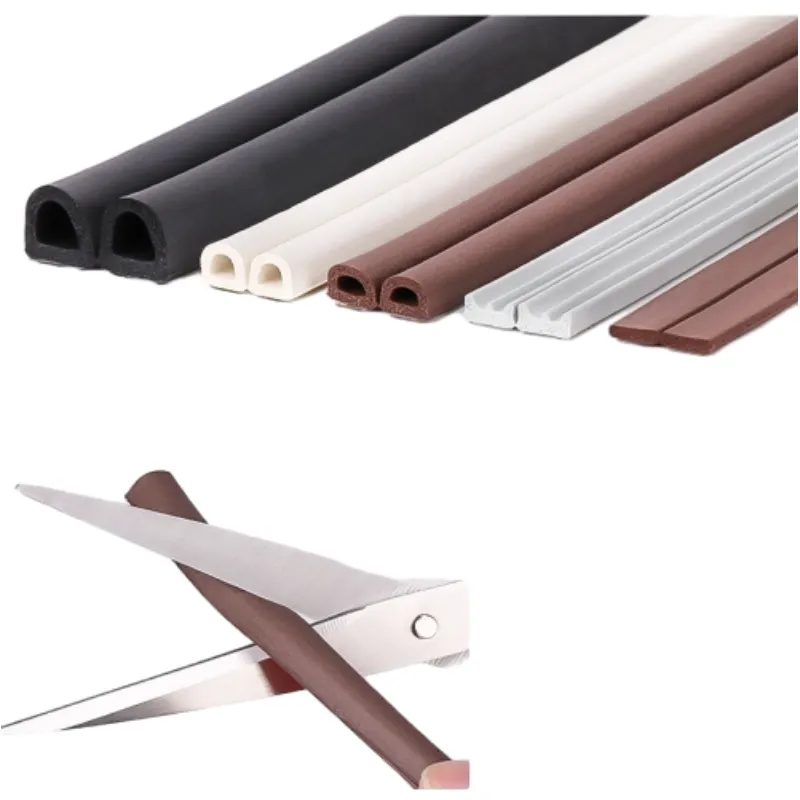Weather Stripping Solutions for Sliding Screen Doors to Improve Energy Efficiency
Weather Stripping for Sliding Screen Doors A Comprehensive Guide
As homeowners strive to maintain comfort and energy efficiency in their living spaces, weather stripping has emerged as an essential element, particularly for sliding screen doors. These doors offer great ventilation and unobstructed views, but they can also be a significant source of air leaks and energy loss if not properly sealed. In this article, we will explore the importance of weather stripping for sliding screen doors, the types of weather stripping materials available, and a step-by-step guide on how to install it.
Importance of Weather Stripping
Weather stripping serves as a barrier against the elements, preventing drafts, moisture, and dust from entering your home. For sliding screen doors, which are often made of light materials and may not fit perfectly within their frames, air leakage can significantly impact indoor comfort and energy costs. Properly installed weather stripping can help to maintain a comfortable climate indoors, reduce energy bills, and protect your home from pest invasions.
Sliding screen doors are also prone to wear and tear due to frequent usage. Over time, the original seals can degrade or become dislodged, leading to reduced functionality and efficiency. By adding or replacing weather stripping, homeowners can enhance the longevity of their sliding screen doors while improving overall home energy performance.
Types of Weather Stripping Materials
There are various materials available for weather stripping, and the choice depends on factors such as the specific application, climate, and budget. Here are the most common types
1. Foam Tape This is among the most affordable options, featuring a sticky back that adheres well to the door frame. Foam tape compresses easily to create a tight seal but may wear out over time.
2. V-Seal Weather Stripping This material is typically made from vinyl and has a unique 'V' shape. It can be attached to the sides of the doorframe, allowing it to flex and create a seal when the door slides closed.
3. Felt Weather Stripping Made from dense fibers, felt weather stripping is easy to install but may not last as long as other options. It works well in milder climates where extreme weather conditions are not prevalent.
4. Metal Weather Strips These are durable and long-lasting but may require more labor to install. They provide a robust barrier against drafts and are ideal for heavy-duty applications.
weather stripping for sliding screen door

5. Silicone Weather Stripping Known for its durability and flexibility, silicone weather stripping maintains its shape and seal under varying temperatures, making it a great choice for areas with temperature fluctuations.
Installation Guide
Installing weather stripping on your sliding screen door is a straightforward process that can be done in just a few steps
Step 1 Measure Your Doors Begin by measuring the height and width of your sliding screen door frame where the weather stripping will be applied. This ensures you purchase the correct amount of material.
Step 2 Choose the Right Weather Stripping Based on your measurements and personal preferences regarding material type (considering the options listed above), purchase the appropriate weather stripping.
Step 3 Clean the Surface Before installation, clean any dust or debris from the doorframe surface where the weather stripping will adhere. A clean surface ensures better adhesion.
Step 4 Cut the Weather Stripping Cut the weather stripping to fit the sides of the door frame. Be precise, as any gaps can lead to air leaks.
Step 5 Apply the Weather Stripping Peel off the backing (if using adhesive-backed material) and carefully press the weather stripping into place along the frame. Ensure a snug fit.
Step 6 Test the Seal Finally, slide the screen door back and forth to test the new seal. Check for any gaps and make adjustments as needed.
Conclusion
Weather stripping is a crucial investment in maintaining the integrity of your sliding screen doors. With the right materials and installation techniques, you can ensure your home remains energy-efficient, comfortable, and protected from the elements. By taking the time to address air leaks, you not only enhance your living space but also contribute to a more sustainable home. So, consider weather stripping as an essential part of your home maintenance routine!
-
Under Door Draught Stopper: Essential ProtectionNewsJul.31,2025
-
Garage Door Seal and Weatherstrips for ProtectionNewsJul.31,2025
-
Edge Banding Tape for Perfect EdgesNewsJul.31,2025
-
Table Corner Guards and Wall Corner ProtectorsNewsJul.31,2025
-
Stair Nose Edging Trim and Tile Stair SolutionsNewsJul.31,2025
-
Truck Bed Rubber Mats for Pickup BedsNewsJul.31,2025
-
Window Weather Stripping for Noise ReductionNewsJul.29,2025